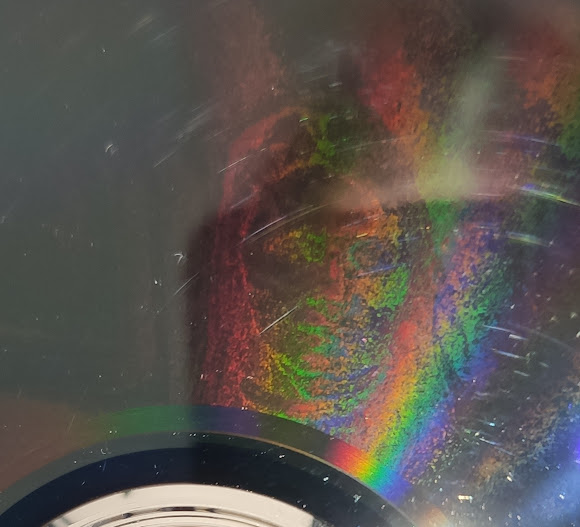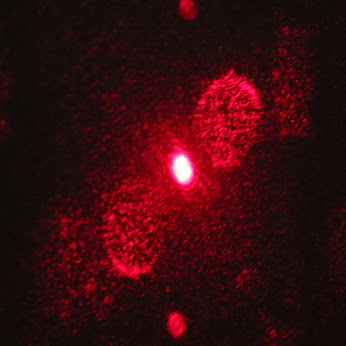Project CD (a very old project, still ongoing)

You may be wondering why I'm interested in SLM or computer-generated holograms (CGH). Why all this? The answer is somehow complicated, but it all started many, many years ago. There was an article in the news that some scientist wrote a hologram on a CD (compact disc - if you know what it is ;). When I heard about this news I thought maybe I should try to make it also, and project CD was born (originally called CD project but I think I can not use this name ;( ). The idea was simple - write a hologram on a CD. It took some time but I managed to write something visible on a CD (on the data side). Then I started to read de documentation of a compact disc and tried to overcome all protection of data on the CD. After a long time, I managed to write a picture. Then I forgot about the project and lost all programs that I wrote for it. After some time I started again. With some background on what works and what doesn't. Eventually, I made the same progress as before (but I think the ...

